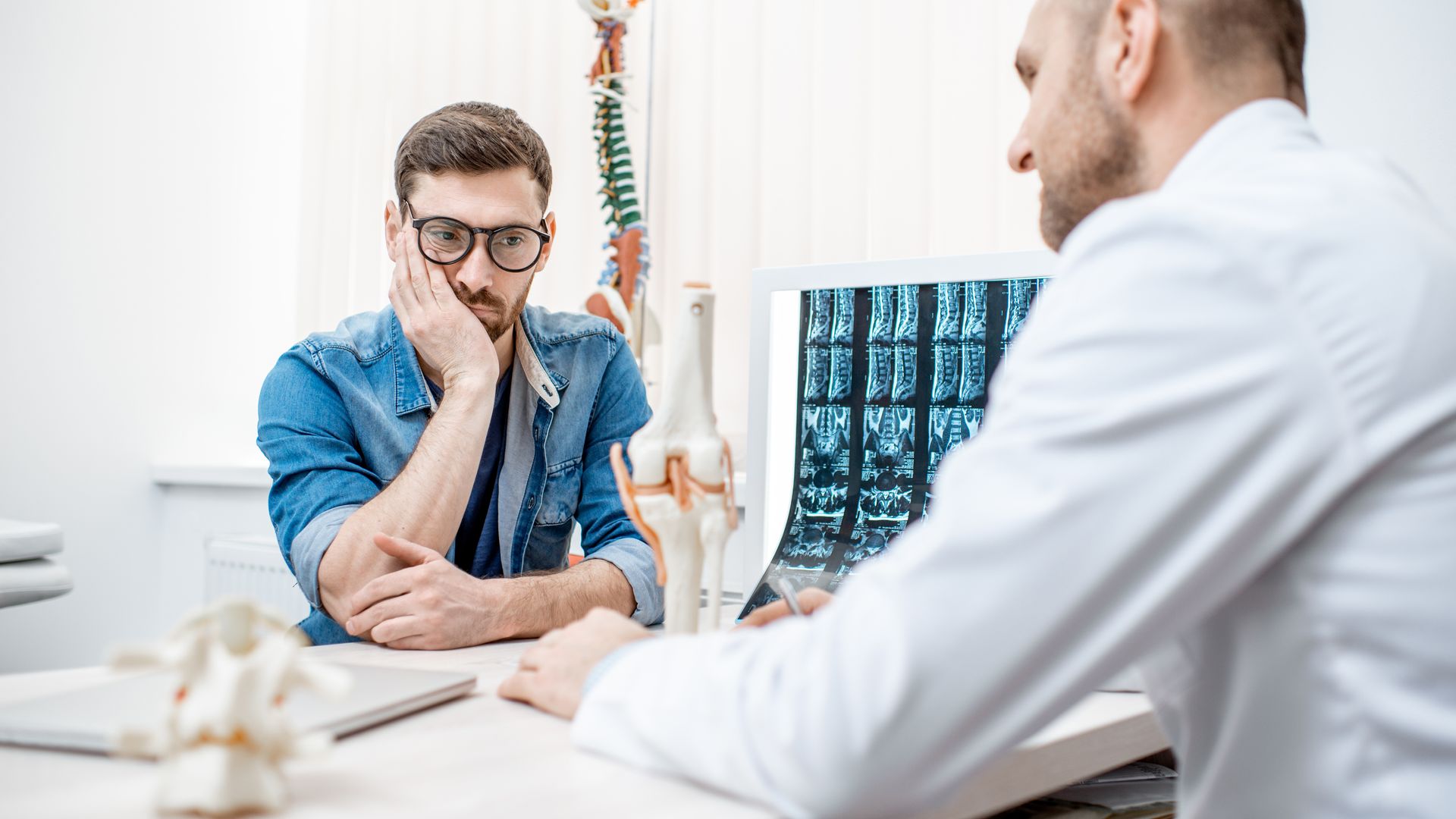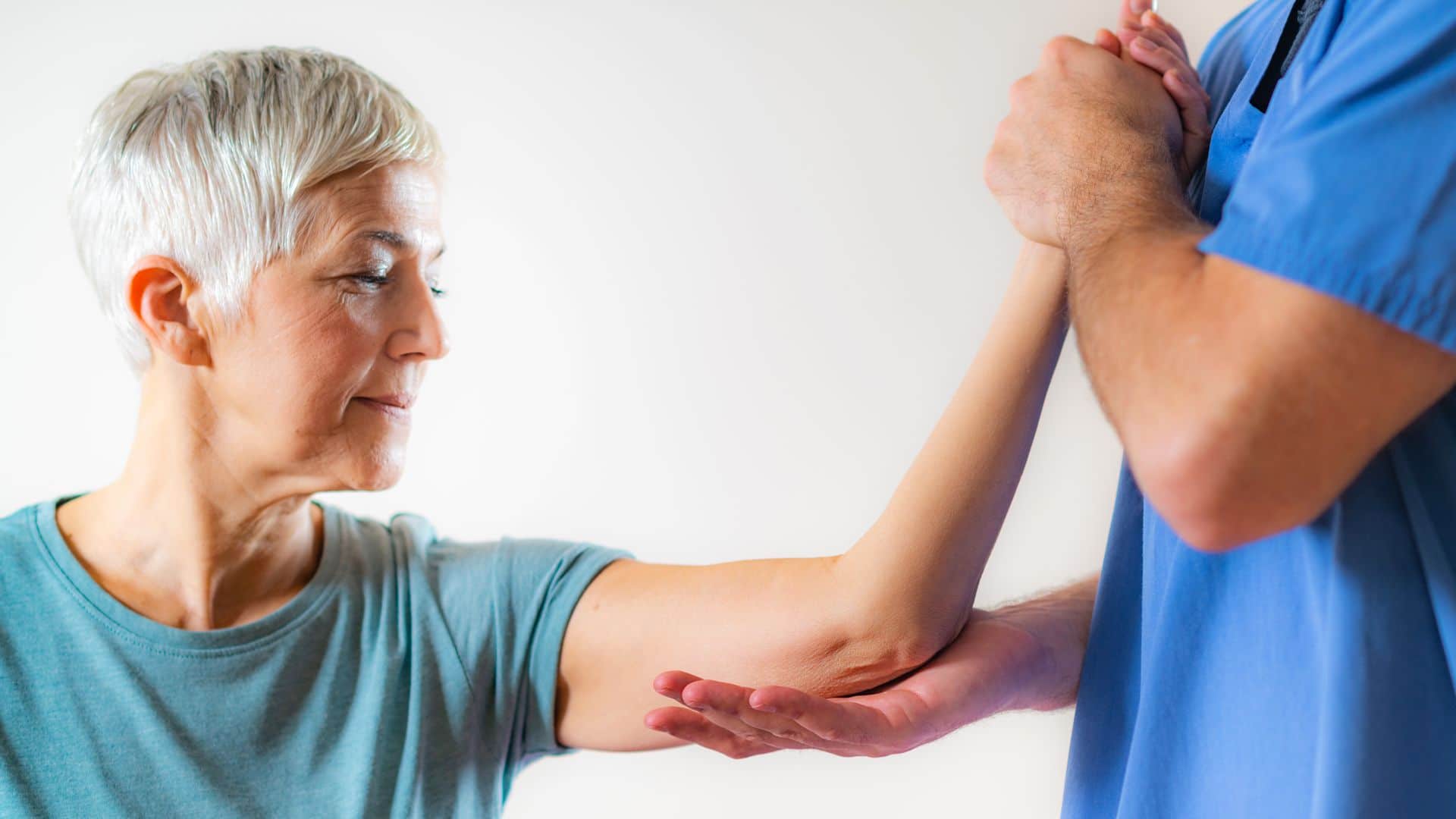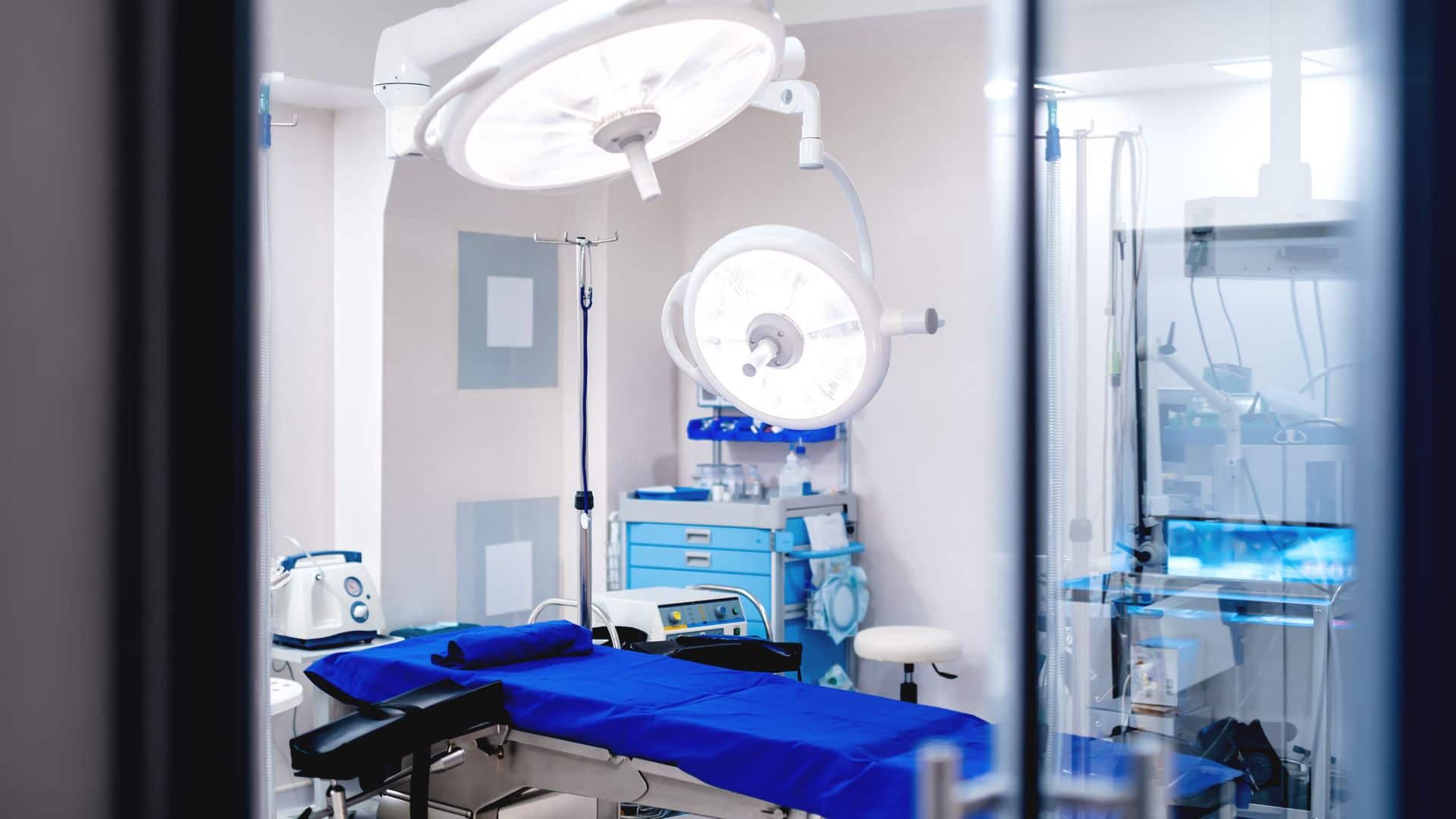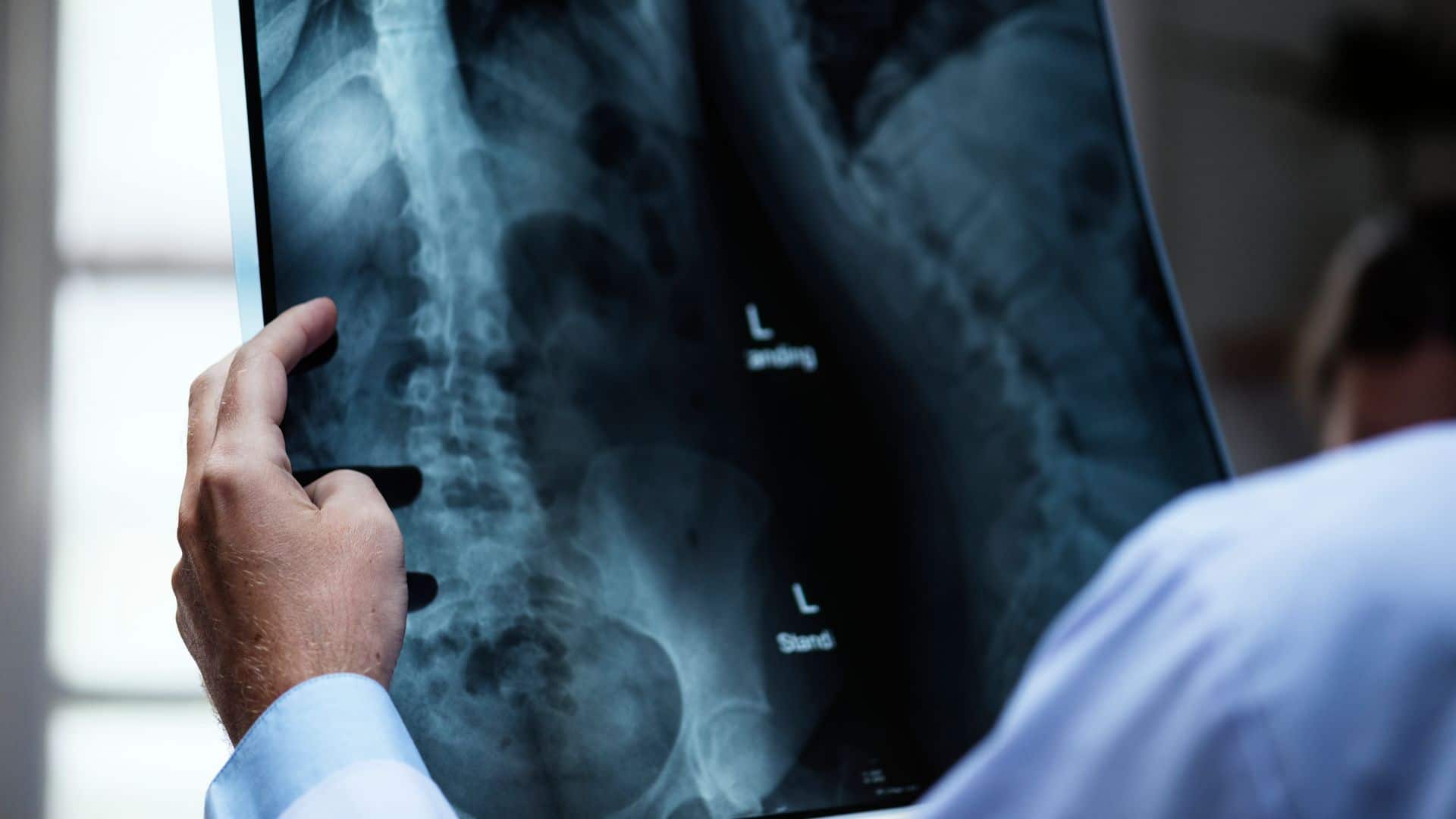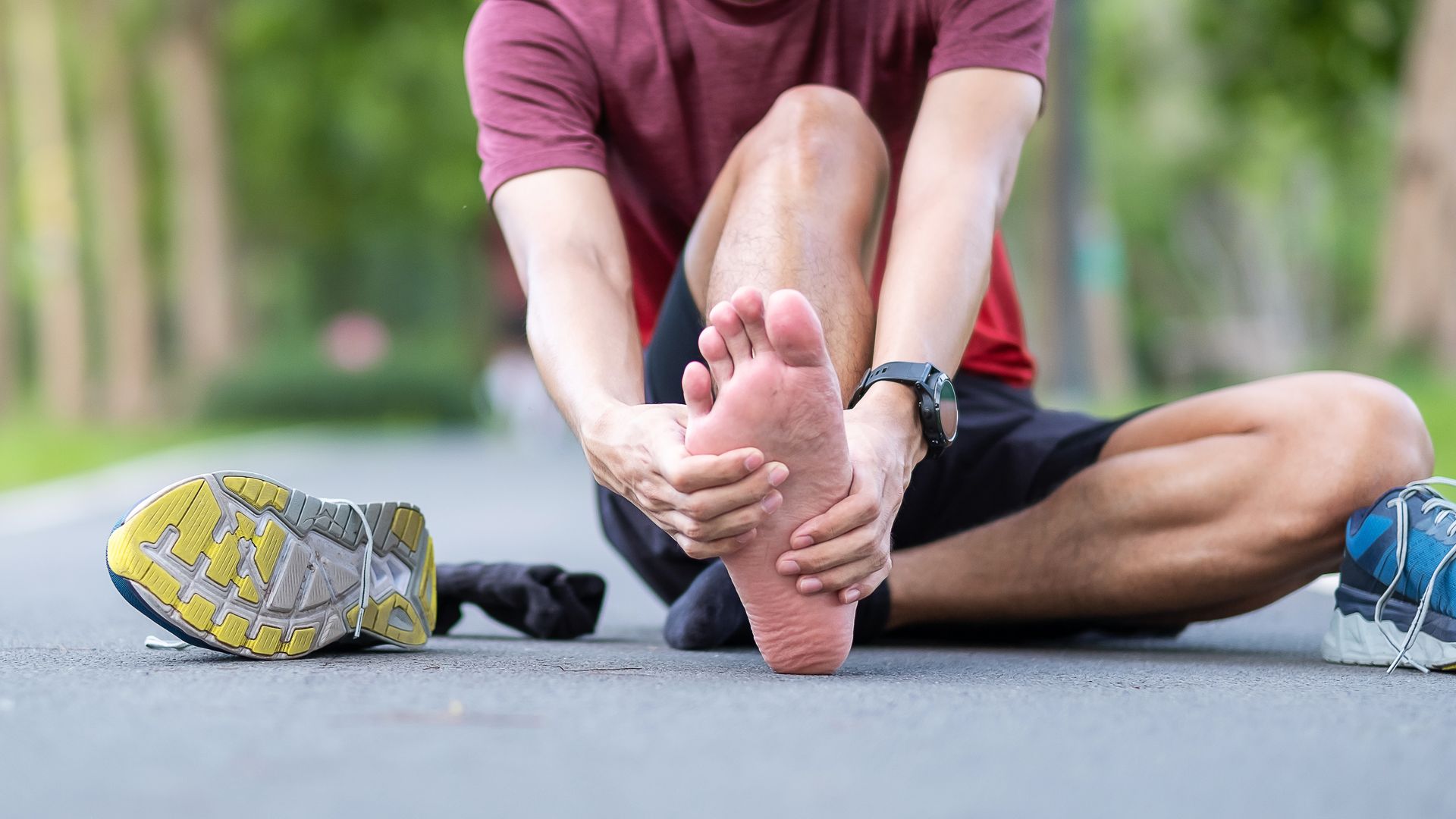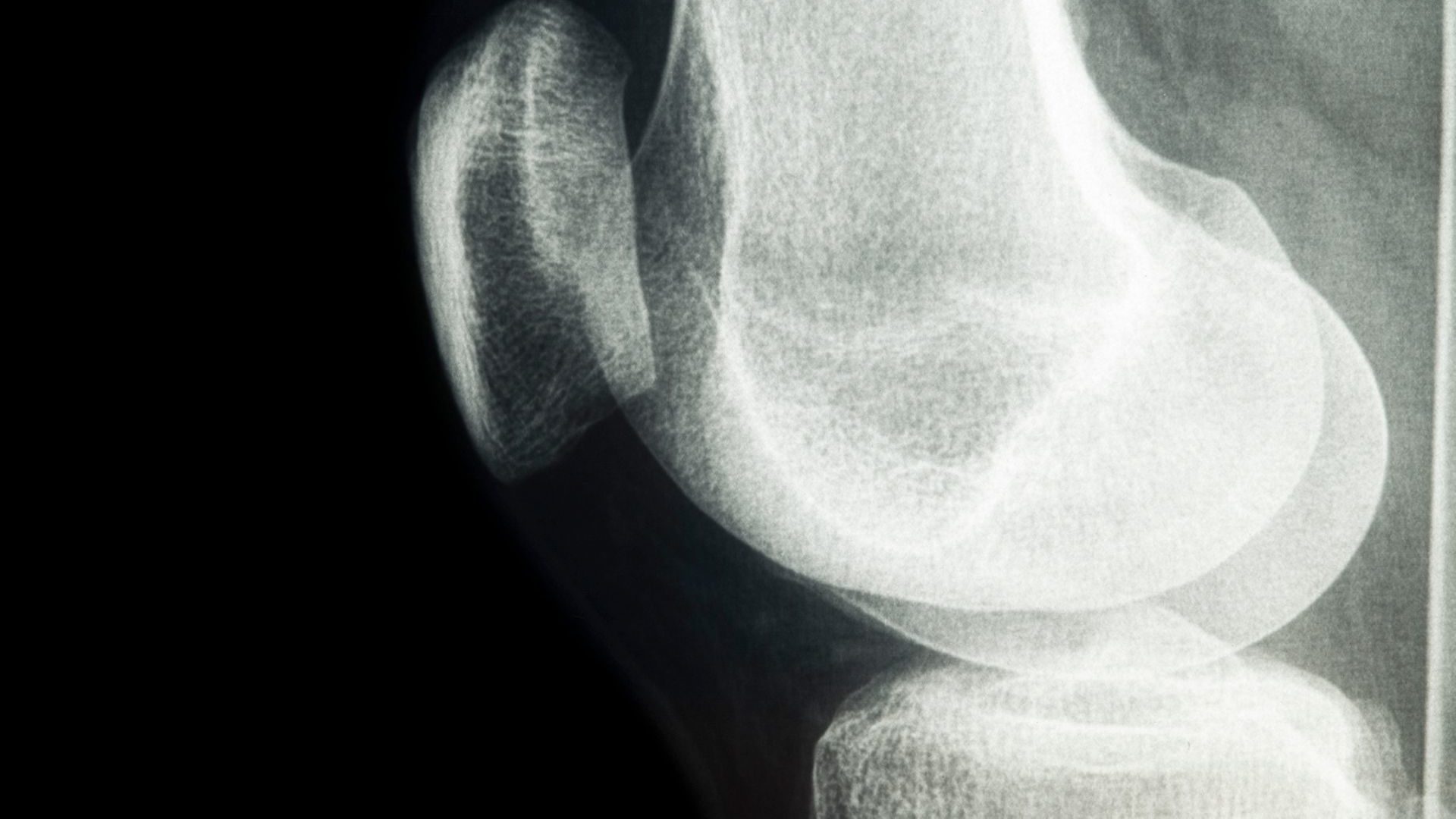Knee
Request Appointment
Why does my knee crunch or click?
Why am I swollen or painful behind the knee?
Why am I bow legged or knock kneed?
If I have arthritis, do I have to have surgery?
Why does my knee “buckle”?
Save Time
Save Money
Surgery, when needed, costs significantly less at our AAAHC-approved surgical facilities compared to the hospital. Surveys show it’s safer too, with less risk of Hospital Acquired Infections.
Patient Success Stories
Let's Talk About It
Contact us to set up an appointment with our surgeons to identify the problem and the best solution for you.
Treatment Options
Understanding How the Knee Works
A joint is formed by two or more bones that are connected by thick bands of tissue, called ligaments. The knee is the largest joint in the body, and is made up of three main parts:
- Femur – the lower end of the thigh bone
- Tibia – the upper end of the shin bone
- Patella – the kneecap
The femur turns on the upper end of the tibia, and the patella slides in a groove on the end of the thigh bone. Ligaments connect the thigh and shin bones to help keep the knee joint steady while the long muscles on the front of the thigh – quadriceps – help to strengthen the knee. A smooth substance called articular cartilage covers the surface of the bones where they meet within the joint, acting as a cushion between the bones.
The rest of the surfaces are covered by a thin, smooth tissue liner called synovial membrane, which makes a small amount of fluid that acts as a lubricant so the bones do not rub against each other. The meniscus is a soft tissue structure that acts as a cushion between the two bones that make up the knee joint and provides contour to the flat, tibial articular surface so that it better matches the rounded end of the femur bone.
What Causes Knee Pain?
One of the most common causes of knee pain and loss of mobility is the wearing away of the joint’s cartilage lining. When this happens, the bones rub against each other causing significant pain and swelling, which can lead to osteoarthritis (OA). Trauma or direct injury to the knee can also cause OA. Without cartilage, there is no shock absorption between the bones in the joint, which allows stress to build up in the bones and contribute to pain.
If your pain is due to arthritis, you may be able to find relief from treatments like steroidal and nonsteroidal antiinflammatory drugs, physical therapy, bracing, and cortisone injections. If you’ve tried these methods and haven’t experienced adequate relief, you don’t have to live with severe knee pain and the limitations it puts on your life. Knee surgery may provide the pain relief you long for and enable you to return to the things you enjoy doing.
Our knee surgeons at Edmonds Orthopedic Center will work with you to determine the best course of treatment – whether that is surgery or intensive therapy rehabilitation, you will have the full range of options at your disposal.
Robotic Knee Surgery
Knee Doctors
Patient Education
Topic: Knee
- Anterior Cruciate Ligament Injuries
- Articular Cartilage Problems of the Knee
- Artificial Joint Replacement of the Knee
- Collateral Ligament Injuries
- Glucosamine and Chondroitin Sulfate for Osteoarthritis of the Knee
- Hamstring Injuries
- Iliotibial Band Syndrome
- Knee Anatomy
- Meniscal Injuries
- Meniscal Surgery
- Osteoarthritis of the Knee
- Osteochondritis Dissecans of the Knee
- Patellar Tendon Graft Reconstruction of the ACL
- Patellofemoral Problems
- Plica Syndrome
- Popliteal Cysts
- Posterior Cruciate Ligament Injuries
- Prepatellar Bursitis
- Unicompartmental Knee Replacement
- Viscosupplementation for Osteoarthritis of the Knee





